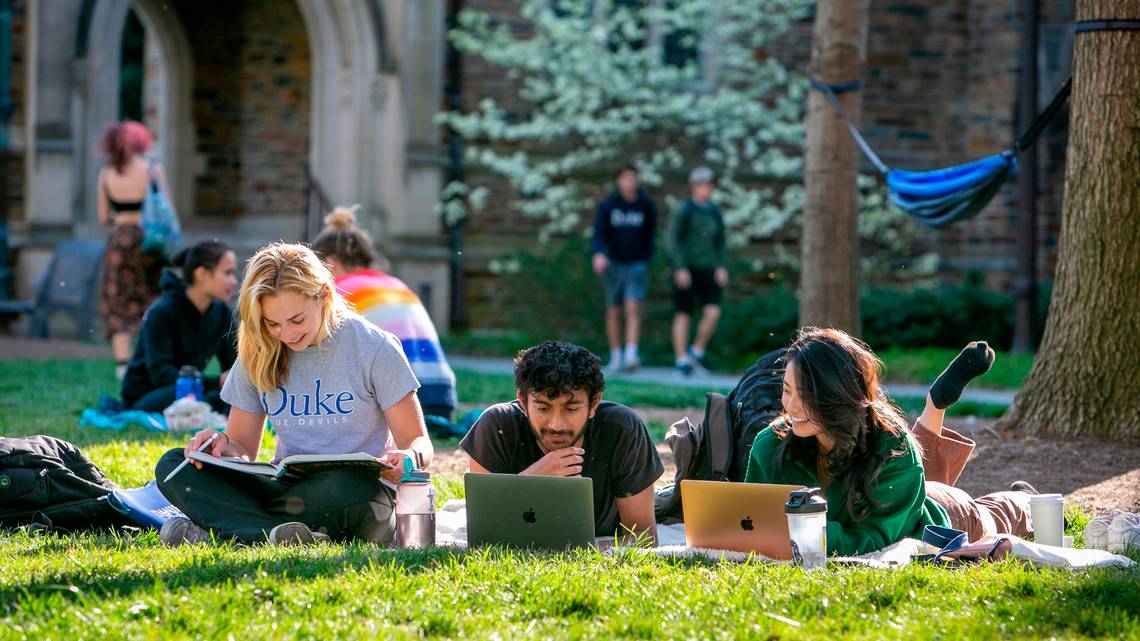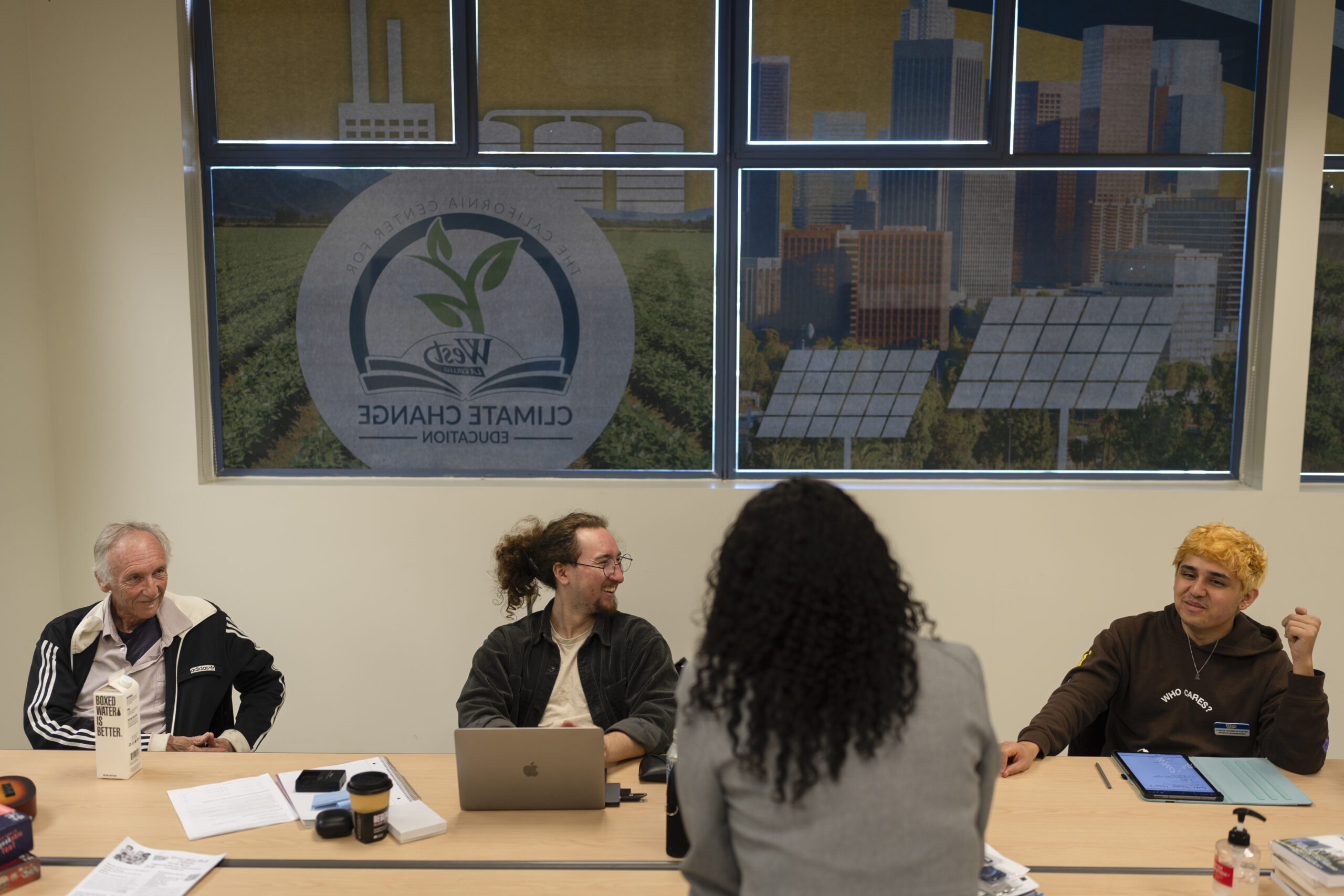Education
Recent Gaza Protests on U.S. University Campuses

In recent weeks, U.S. university campuses have become focal points for protests related to the Israel-Gaza conflict. Here are some notable developments:
1. Labor Strike in California Universities
- Date: May 18, 2024
- Context: Around 48,000 workers at 10 universities affiliated with the University of California system and the Lawrence Berkeley National Laboratory in California voted to begin a strike in defense of the right to protest for Palestine.
2. Amnesty International Australia’s Call for Protection
- Date: May 17, 2024
- Context: Amnesty International Australia urged universities to protect students’ right to protest. This came in response to universities’ orders to dismantle Gaza Solidarity encampments on campuses.
3. Student-Led Protests at the University of Wisconsin-Madison
- Date: May 13, 2024
- Context: College students across the U.S., including those at the University of Wisconsin-Madison, have been actively protesting the ongoing conflict in Gaza. These committed movements of young people are holding leaders accountable and demanding change.

Congressional Inquiry
- Date: May 23, 2024
- Context: University leaders from Northwestern, UCLA, and Rutgers testified before Congress about their institutions’ responses to campus protests related to the Israel-Gaza war. The House Committee on Education and the Workforce sought insights into how universities are handling these demonstrations.
As the situation continues to evolve, universities grapple with balancing free speech rights, safety, and the need for constructive dialogue on this critical global issue.

Education
Young Woman Advocates for Emotional Education for Migrant Children at Mexico-US Border

Tijuana, August 6, 2024 – Amid the ongoing humanitarian challenges at the Mexico-USA border, a young woman has emerged as a beacon of hope for migrant children, promoting emotional education to help them navigate the difficulties they face. Clara Martinez, a 25-year-old social worker and activist, has launched a grassroots initiative aimed at providing emotional support and education to children in migrant shelters.
Martinez, who grew up in a border town herself, understands the unique struggles faced by these children. Many have experienced trauma from their journeys, family separations, and the uncertainties of their future. Her program focuses on equipping them with the emotional tools they need to cope with these challenges.
Through workshops and interactive sessions, Martinez and her team of volunteers teach children about emotional awareness, resilience, and healthy communication. The initiative, known as “Emotional Bridges,” also incorporates art and play therapy, offering a safe space for children to express themselves and heal.
“These children are not just statistics; they have stories, dreams, and emotions that deserve to be acknowledged and nurtured,” Martinez said. “Our goal is to help them process their experiences and empower them to move forward with hope and strength.”
The response to the program has been overwhelmingly positive. Parents and shelter staff have noted improvements in the children’s behavior and overall well-being. Many children have begun to open up about their experiences, showing a greater sense of trust and stability.
Martinez’s work has drawn attention from both local and international organizations. She has received support from various non-profits and community groups, who have provided resources and funding to expand the program. Her efforts are part of a broader push to address the mental and emotional health of migrants, often an overlooked aspect of humanitarian aid.
As the situation at the border remains complex, Martinez’s commitment to emotional education provides a crucial lifeline for many young migrants. Her work highlights the importance of addressing not just the physical but also the emotional needs of those affected by displacement and migration.
With plans to expand “Emotional Bridges” to other border regions, Martinez continues to inspire and advocate for the rights and well-being of migrant children, demonstrating the power of empathy and education in the face of adversity.
Education
Generative AI in Education: Opportunities and Challenges

Schools, colleges, and universities worldwide are rapidly adjusting to the disruptive force of generative AI. As this technology becomes more prevalent, educators and policymakers are navigating its potential impact on teaching and learning. Let’s explore how generative AI is reshaping education:
1. Personalized Learning and Adaptability
Generative AI can adapt educational content to suit individual learning interests, pace, abilities, and styles. By providing immediate feedback and support, it enhances the learning experience. This interactive process caters to diverse needs, including those of students with disabilities.
2. Cost Reduction and Content Creation
Generative AI produces content (such as text, images, audio, and video) for the digital publishing industry in education. This has significant cost reduction benefits. Moreover, it enables personalized learning by providing step-by-step problem-solving hints and feedback to learners.

3. Challenges and Governance
While generative AI offers promise, challenges remain. UNESCO’s global guidance for generative AI in education emphasizes several key measures:
- Promoting Inclusion and Equity: Efforts must be made to eliminate gender or cultural bias. GenAI systems should evolve to include data in multiple languages, especially minority ones.
- Protecting Human Agency: We must avoid over-reliance on AI and ensure that learners maintain their intellectual agency.
Governance guardrails are essential to ensure safe and inclusive use of generative AI in education.
In conclusion, generative AI holds immense potential for transforming education. By addressing challenges and adopting responsible practices, we can harness its power for the benefit of learners worldwide.
Education
Applying in US Universities: Best Timing and Tips

Applying to universities in the United States is an exciting journey, and timing plays a crucial role. Let’s explore when you should start the application process:
- Start Early: Begin your college application process during the summer before your senior year of high school. This gives you ample time to prepare and gather the necessary materials.
- Junior Year Prep: During your junior year, consider taking the SAT or ACT, researching campuses, visiting universities, securing recommendation letters, and enhancing your extracurricular activities.
- Application Deadlines:
- Early Admission: If you’re aiming for early admission, submit your application by November. This option allows you to receive an admission decision sooner.
- Regular Decision: For regular decisions, apply by January or February. This gives you more time to work on application essays and take exams.
- Common App: Consider using the Common Application, which allows you to apply to over 1,000 colleges with a single application.
Remember, college is worth it, and your future matters. Best of luck with your applications! 🎓🌟
-

 Entertainment1 year ago
Entertainment1 year agoMeta Acquires Tilda Swinton VR Doc ‘Impulse: Playing With Reality’
-

 Business2 years ago
Business2 years agoSaudi Arabia’s Model for Sustainable Aviation Practices
-

 Business2 years ago
Business2 years agoRecent Developments in Small Business Taxes
-

 Home Improvement1 year ago
Home Improvement1 year agoEffective Drain Cleaning: A Key to a Healthy Plumbing System
-

 Politics2 years ago
Politics2 years agoWho was Ebrahim Raisi and his status in Iranian Politics?
-

 Business2 years ago
Business2 years agoCarrectly: Revolutionizing Car Care in Chicago
-

 Sports1 year ago
Sports1 year agoKeely Hodgkinson Wins Britain’s First Athletics Gold at Paris Olympics in 800m
-

 Business2 years ago
Business2 years agoSaudi Arabia: Foreign Direct Investment Rises by 5.6% in Q1




























